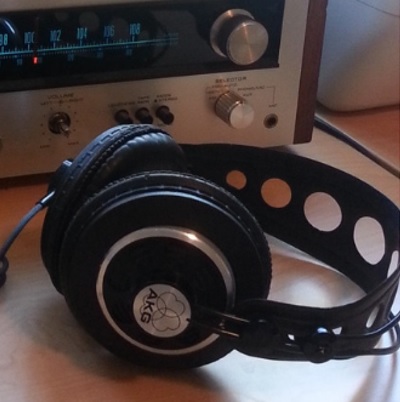
$25 (used)
Rattly, plasticky, unremarkably light. This was the equivalent of $1000 in 1979? Putting on Beyerdynamic velour pads muddies everything. Love the perforated headband.
forward upper-midranges and grainy high. Vocals and instruments are front and center. It's by far the best pair of headphones for metal and rock I've heard thus far, the guitars are really up in your face with an impressive amount of detail and even in genres like power metal none of the instruments melt into each other. The treble lacks detail, cymbals sound one-note
good deal for under $70. Special sound with very few accessible modern equivalents.
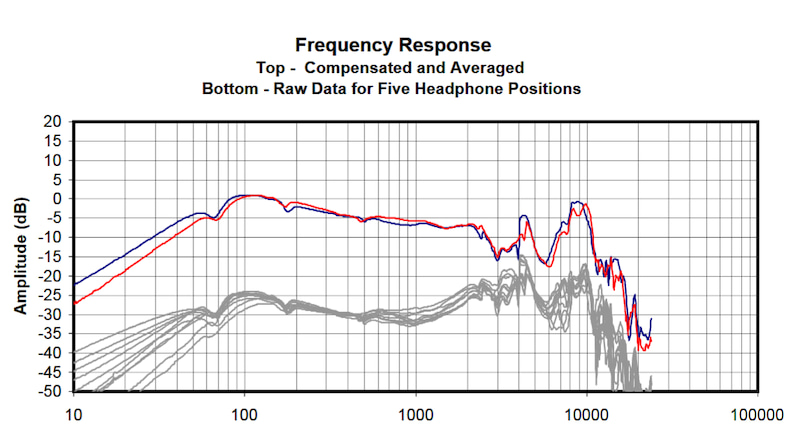
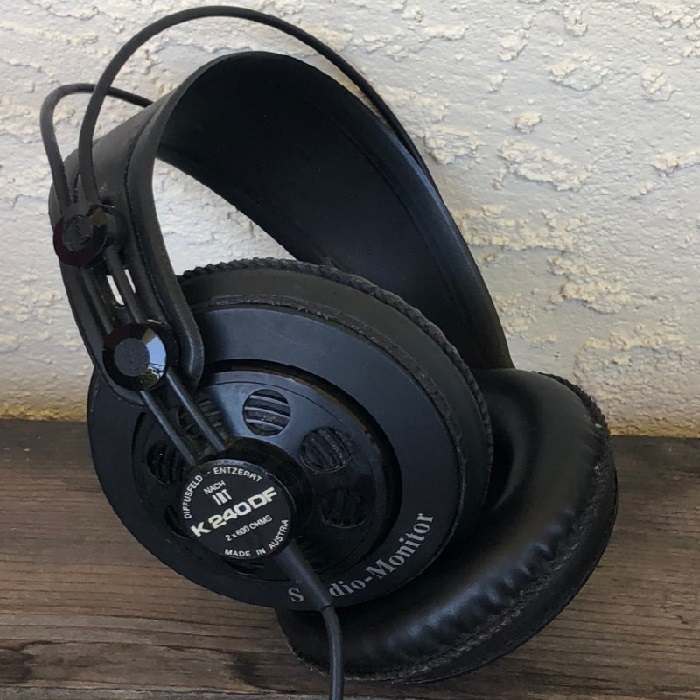
$70 (used)
same as the Sextett, unconvincing.
Lows are near-non-existent. Mids are spot-on to my preferences. Highs are elevated and makes the whole thing rather cold-sounding. Very good detail and decay. I respect it but I don't really enjoy it.
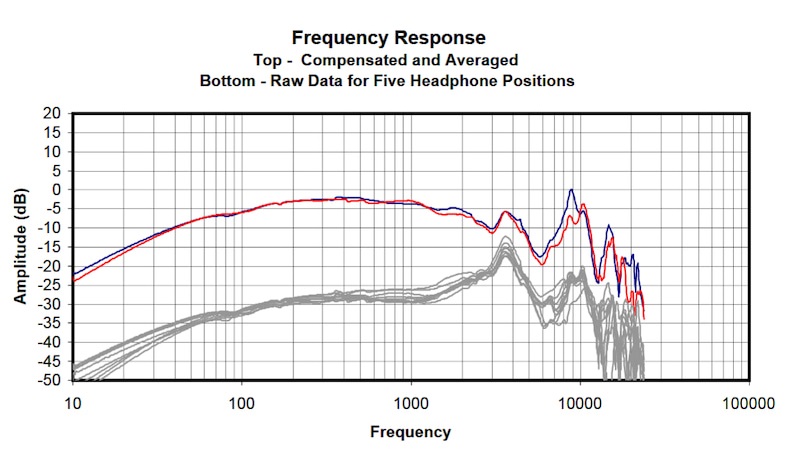
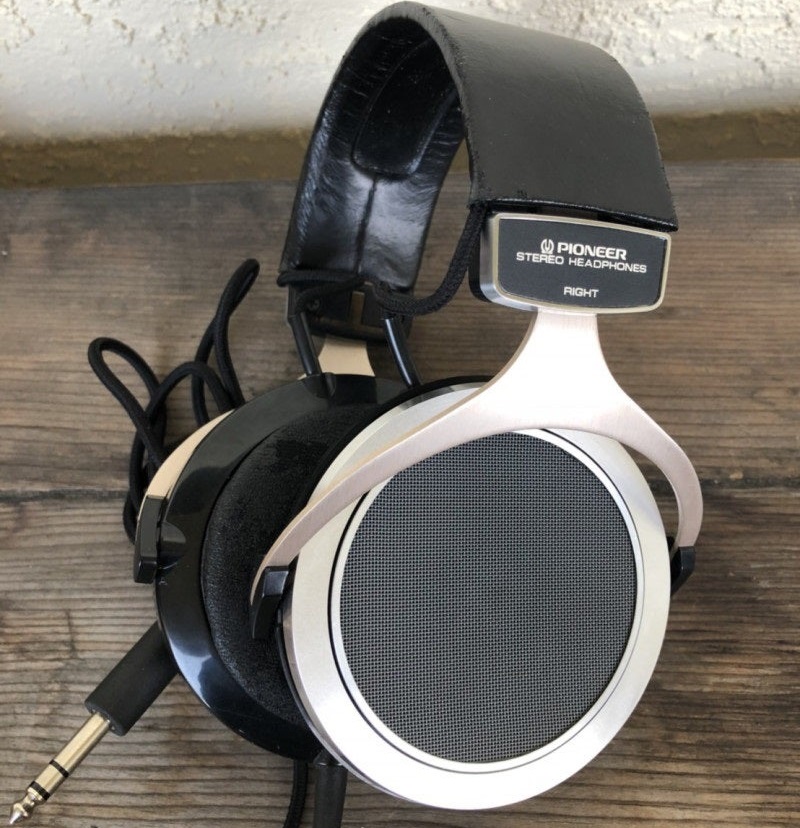
$30 (used)
Intensely uncomfortable on-ear headphones. Looks gorgeous. No lows or highs, doesn't EQ well. Requires a tremendous amount of power.
sold in 2018. farewell.
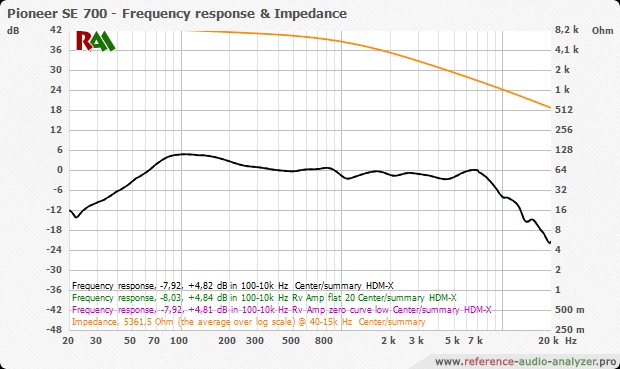
☼ a previous version of this page where I compared audiophiles to child predators was picked up by an italian professor for use in an electrical engineering slide
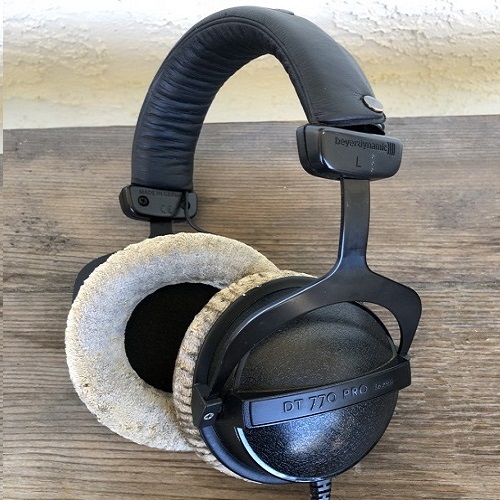
$50 (broken)
Simple, solid, serviceable as expected from Beyerdynamic. I've used 3D printed parts for repairs. Very comfortable due to the velour pads. Not very hot.
Lows are less than what people say. Mids aren't that pushed back and sound great for a closed-back. Highs are elevated and further accentuated with new pads. Soundstage is very good for a closed-back but the center image is a bit blurry.
A decent choice that dodges the typical closed-back afflictions for under $150, the praise is well deserved. Be careful of counterfeits, they're quite convincing. I no longer live in a noisy shithole, given to a relative in 2020. farewell.
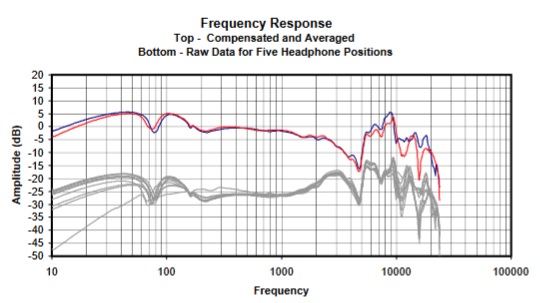
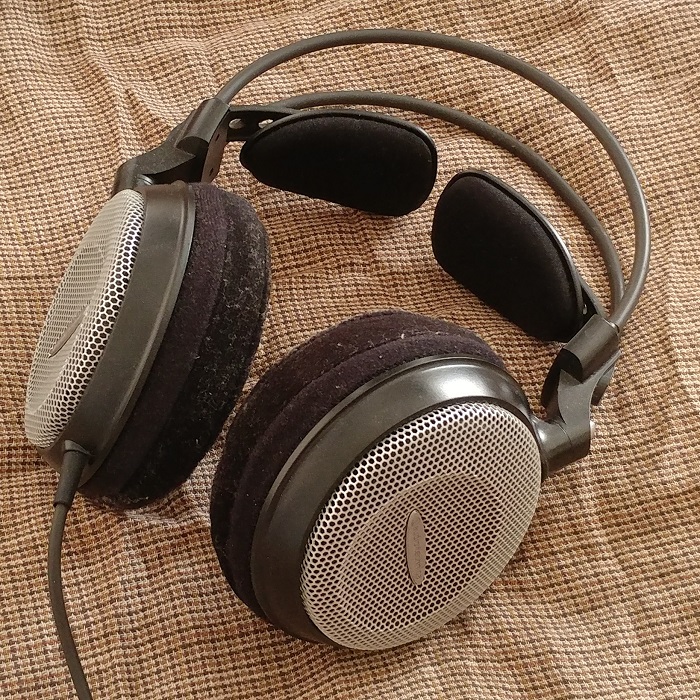
$23 (used)
light but solid enough. Wouldn't break instantly if sat on. Very comfortable despite being sort of on-ear due to the concave earpads. Seems to work best for huge heads.
Classic Audio-Technica. Light on bass, slighly elevated mids, accentuated highs. Great soundstage and average detail.
A good introduction for natural sounding open-backs. Under $50 is a good price, the later AD-500x is another option.
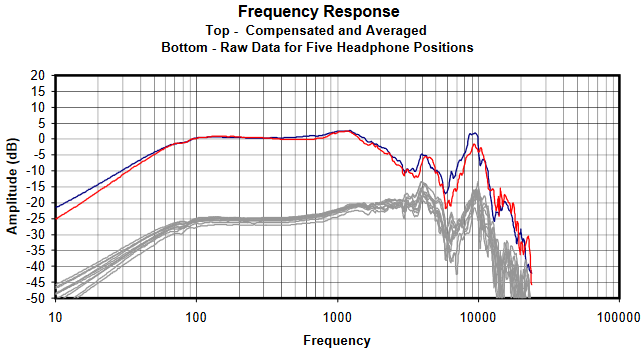
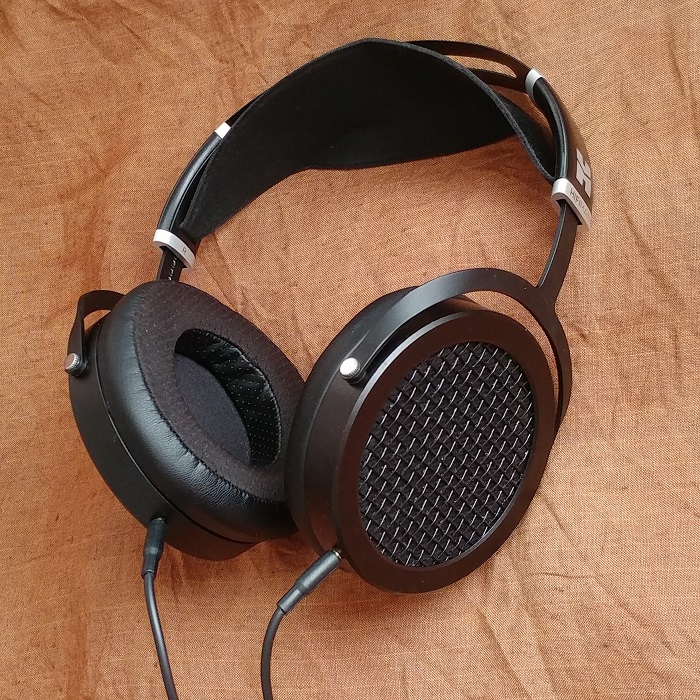
$200 (used)
Standard TRS connector.
Feels like a medical device on your head. Steel and aluminium but doesn't quite feel like it was made for humans. I've seen people switch out the narrow creaky headband with a Beyerdynamic one.
Bass extends very low. Sound is well-balanced and detailed, if a bit boring. Decay is very good. Soundstage is good but nothing unbelievable.
$250 is a common second-hand price and quite a good deal. They originally retailed for $499. Nothing is perfect and these have a very poor reputation for longevity. Be prepared for them to die at any time.

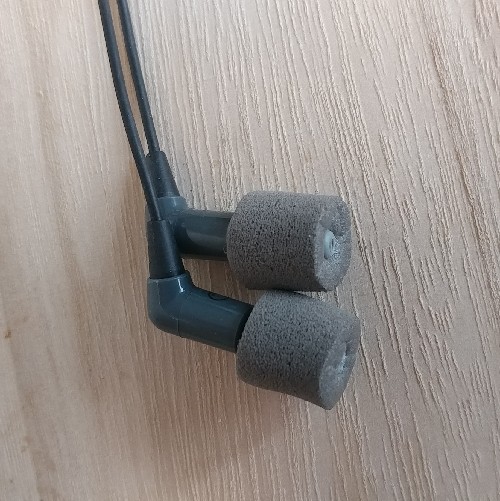
$40
Non-replacable cable.
Isolates very well with the foam eartips, every step you make and every troubled heartbeat reverberates back into your ears. Similar tuning the the K240DF and Audio-Technica. No soundstage. Good closed-back headphone alternative.
cable died, connectors to be soldered on later
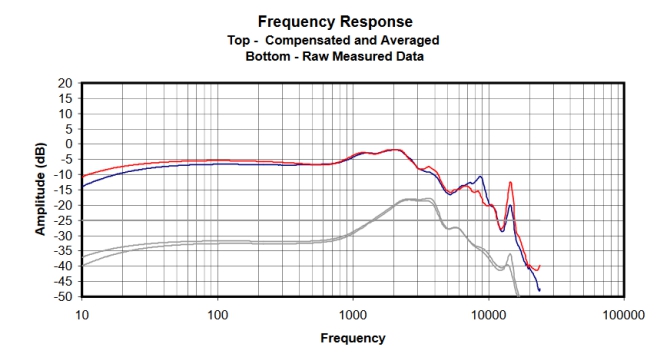

$40
2-pin connectors.
I don't remember lol
given to a friend
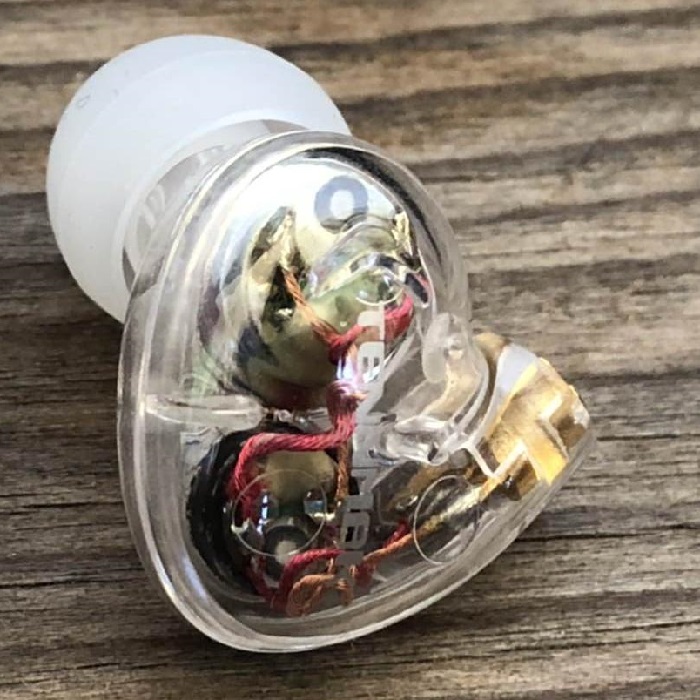
$20
MMCX connectors.
Disgustingly grainy, piano sounds like electric guitar. Midbass out the ass. Great soundstage for an IEM. Like your chess savant buddy who doesn't wash his ass.
$30
Proprietary barrel connector
Just not very good. Takes the low mids and exaggerated highs tuning from Japanese manufactueres like AT and cranks it up. Detail is unremarkable and soundstage non-existent. The proprietary barrel is just a further insult. Great for sleeping though.
lost?

7 (seven) dollars with a cable
MMCX connectors.
Actually quite good. Sound is balanced with fall off on the bass, might be able to bring up the sub bass with denser foam tips. Soundstage is good but loses out of the Tennmak pro. Perfectly servicable and as sleepable as the M6 pro.
headphones
